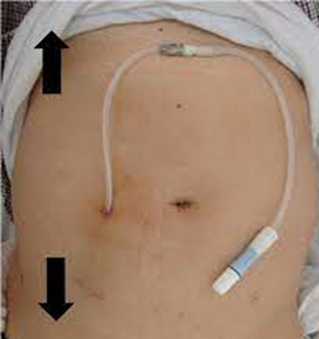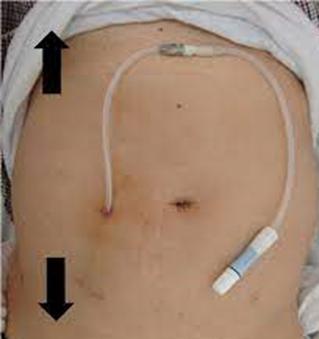PN ADULT MEDICAL SURGICAL 2023
PN ADULT MEDICAL SURGICAL 2023 ( 78 Questions)
A nurse is assisting with the care of a client who is receiving peritoneal dialysis. Which of the following actions should the nurse take?
Chill the dialysate prior to infusion. Generally, the dialysate used in peritoneal dialysis is warmed to body temperature before infusion to enhance comfort and prevent abdominal discomfort. Chilling the dialysate can cause discomfort and is not a standard practice in peritoneal dialysis.
Monitor the client for diarrhea. While gastrointestinal symptoms might occur in some individuals undergoing peritoneal dialysis due to changes in fluid balance, diarrhea is not a typical or expected outcome. However, monitoring for any unusual gastrointestinal symptoms or changes in bowel habits is part of holistic client care.
Weigh the client before and after the treatment. Weighing the client before and after peritoneal dialysis is a critical step to assess the effectiveness of the treatment. The difference in weight helps determine how much fluid was removed during the dialysis process, providing valuable information about the treatment's efficacy and the client's fluid status.

Use clean gloves when handling dialysate bags. Maintaining aseptic technique during peritoneal dialysis is crucial to prevent infections. The use of clean gloves (not sterile gloves, unless otherwise specified) when handling dialysate bags helps minimize the risk of contamination, ensuring the safety of the procedure.
Choice A Reason:
Chill the dialysate prior to infusion. Generally, the dialysate used in peritoneal dialysis is warmed to body temperature before infusion to enhance comfort and prevent abdominal discomfort. Chilling the dialysate can cause discomfort and is not a standard practice in peritoneal dialysis.
Choice B Reason:
Monitor the client for diarrhea. While gastrointestinal symptoms might occur in some individuals undergoing peritoneal dialysis due to changes in fluid balance, diarrhea is not a typical or expected outcome. However, monitoring for any unusual gastrointestinal symptoms or changes in bowel habits is part of holistic client care.
Choice C Reason:
Weigh the client before and after the treatment. Weighing the client before and after peritoneal dialysis is a critical step to assess the effectiveness of the treatment. The difference in weight helps determine how much fluid was removed during the dialysis process, providing valuable information about the treatment's efficacy and the client's fluid status.
Choice D Reason:
Use clean gloves when handling dialysate bags. Maintaining aseptic technique during peritoneal dialysis is crucial to prevent infections. The use of clean gloves (not sterile gloves, unless otherwise specified) when handling dialysate bags helps minimize the risk of contamination, ensuring the safety of the procedure.

